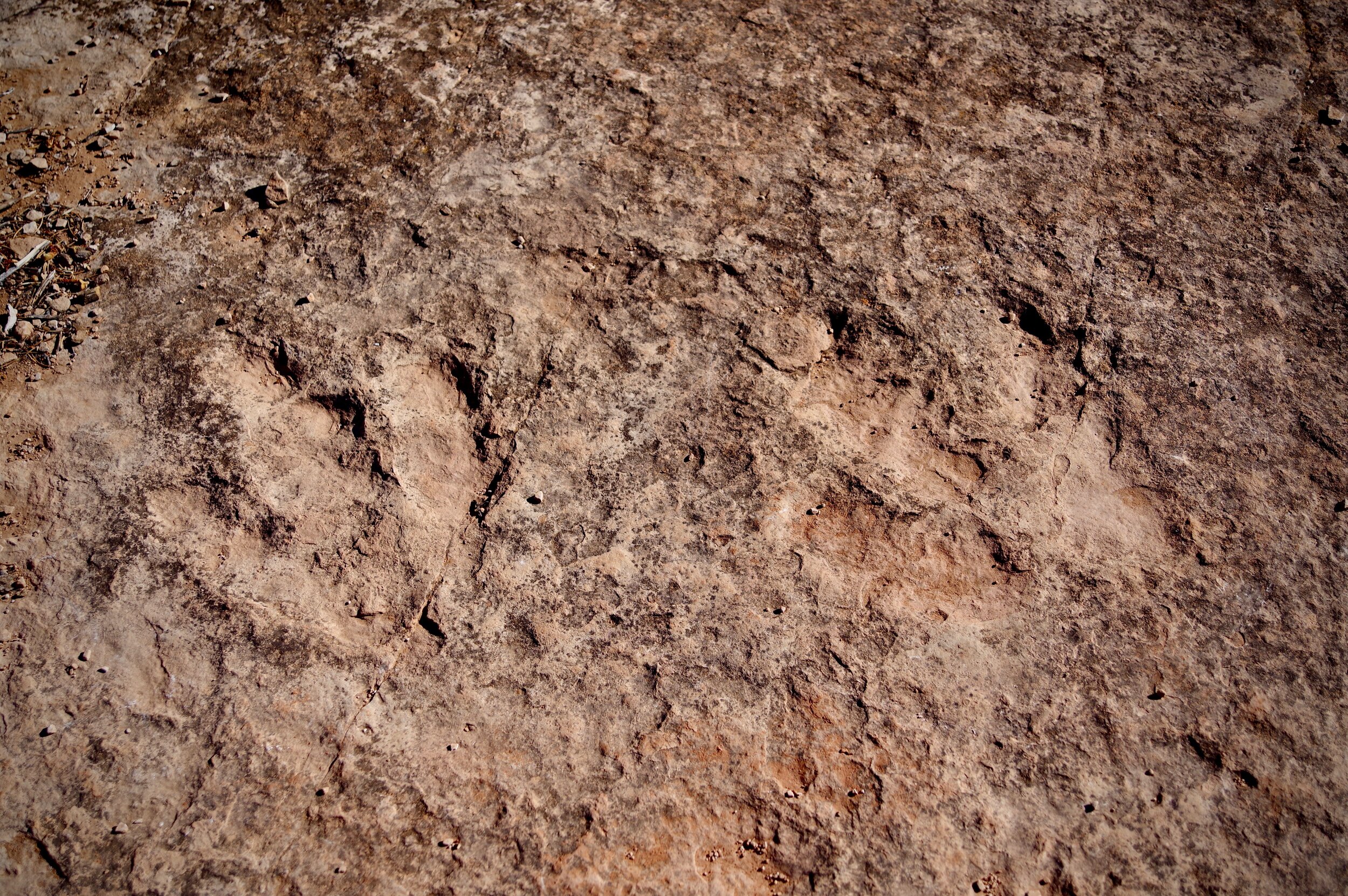Kanab, UT
With 17 days off (which we are completely grateful for) and only a short three day family gathering planned around New Years, we were anxious to do something…anything! Cue in Kanab, UT! We reserved an AirBnB in Fredonia, AZ (just nine miles south of Kanab) for two nights, packed up our things (kids and dog included) and drove East!
We knew the temperature was going to drop, but I don’t think we were quite prepared for the wind that came along with it. Scott and I both say that 40 and sunny is great hiking weather; 40 and windy is not. Trying to stay positive, we started the day with a drive through Johnson Canyon. The steep cliffs were beautiful to look at, but not pleasant to be in. Trying to give the sun a chance to warm up the Earth, we stopped for breakfast at a diner in Mt. Carmel. By 10:30am, we were ready to face the chilly air.
Our first stop was Peekaboo (Red) Canyon. This is a beautiful slot canyon that takes some off roading skill to get to. As we were starting to drive through deeper and softer sand, we stopped to air out the tires to allow us to ‘float’ along the trail. I’ll admit, I was a little nervous that we’d get stuck and it didn’t seem that there were many people out on this particular trail. Fortunately, we made it to and from the slot canyon without incident. To no surprise, on our way out, Scott pulled a stuck car out of the sand using his tow straps. They were extremely grateful.
Our next stop was a trail that lead to dinosaur prints. We had read that the trail was short and steep…it was. I specifically remember saying to Scott, while crawling up a steep part on my hand and knees with Miles strapped to my back, “I am not having fun.” Although I wasn’t thrilled about carrying the kids on such a steep trail, I was happy to see those giant ancient footprints in the sandstone!
We were hoping to do some more exploring the following day, including a stop at Coral Pink Sand Dunes, but the freezing temperatures were not very inviting. The decision was made that we would just head home, but not without a stop at one of the navigational arrows used in the Southwest for aviation in the 1920s and 1930s.













